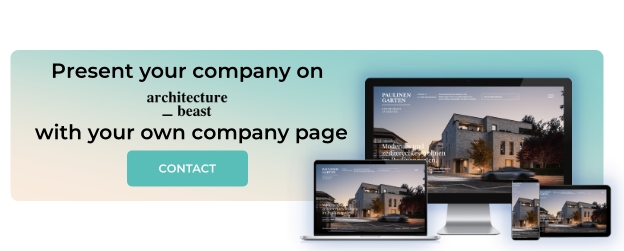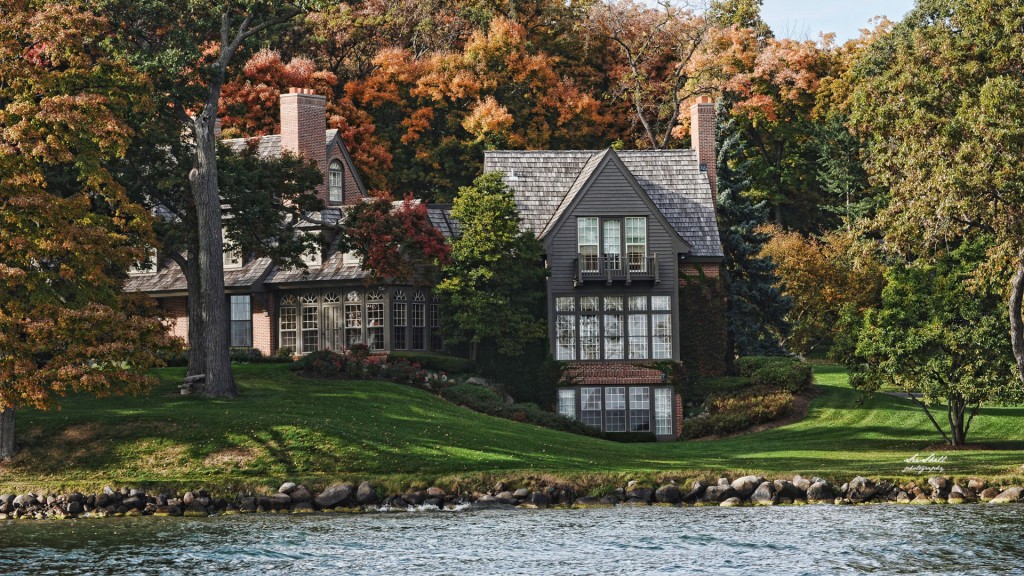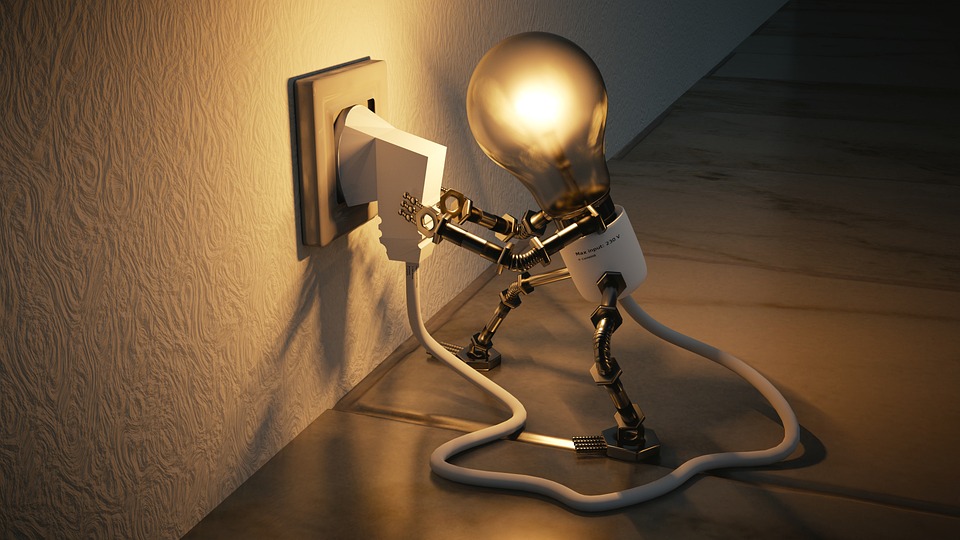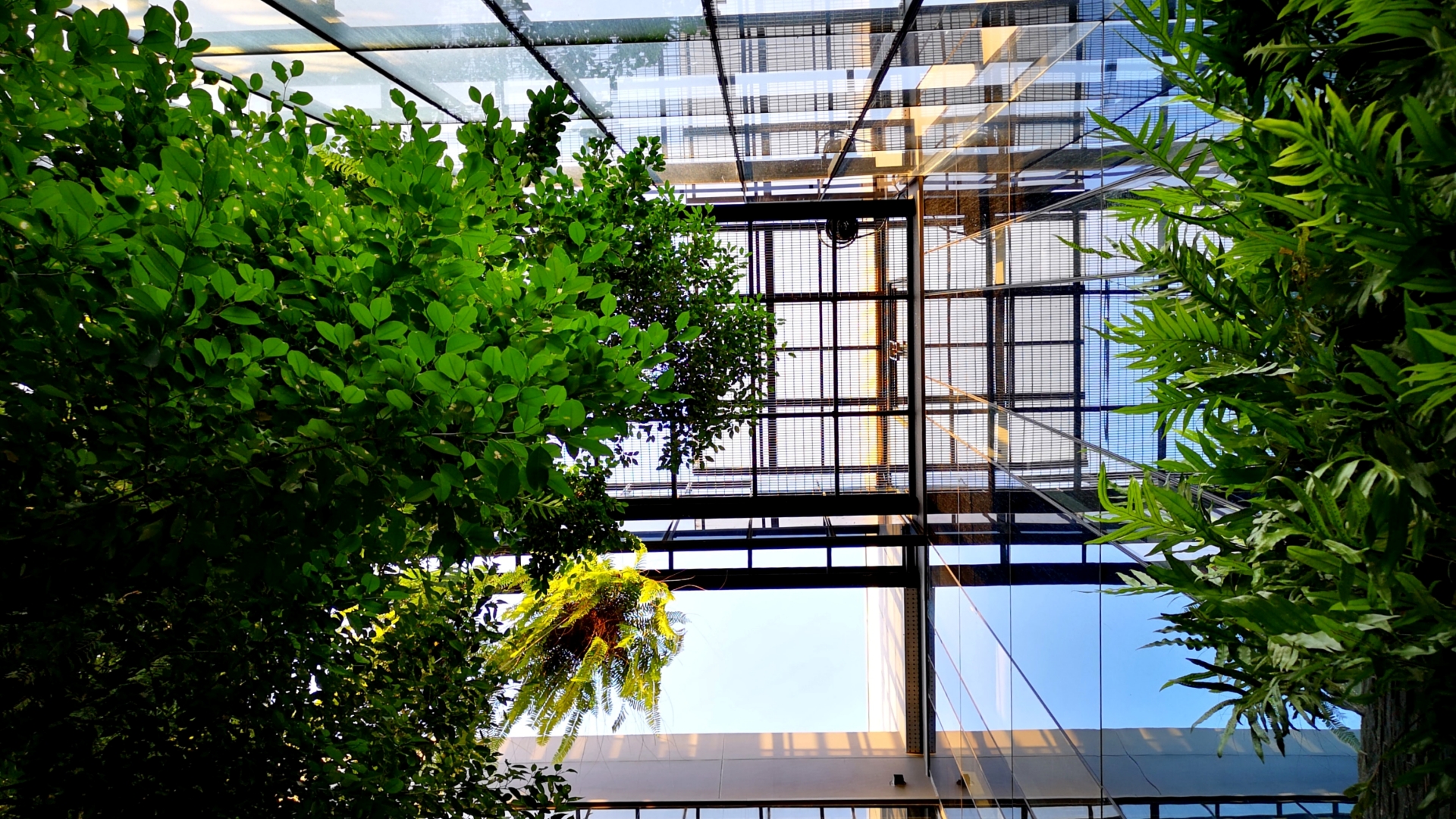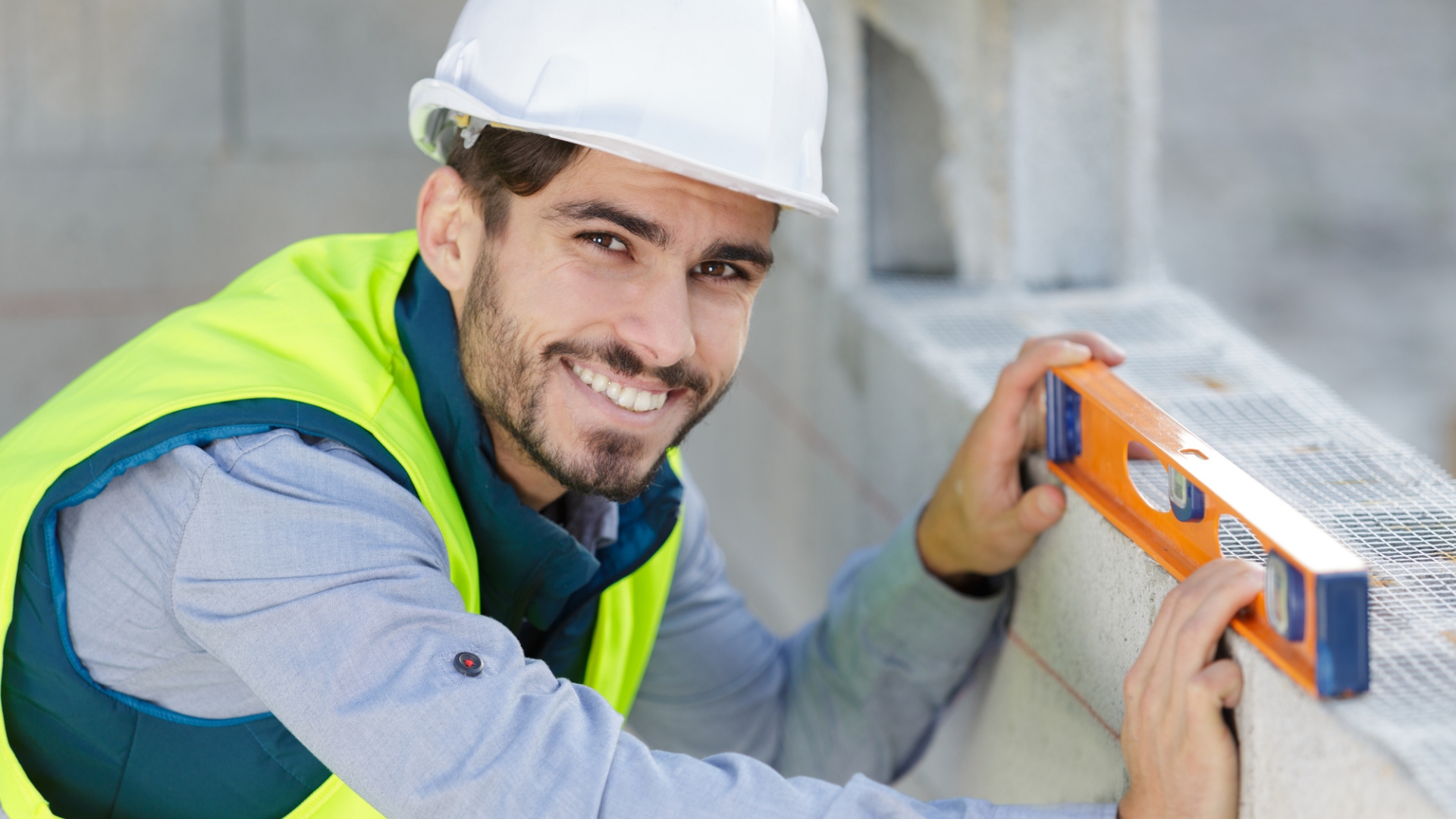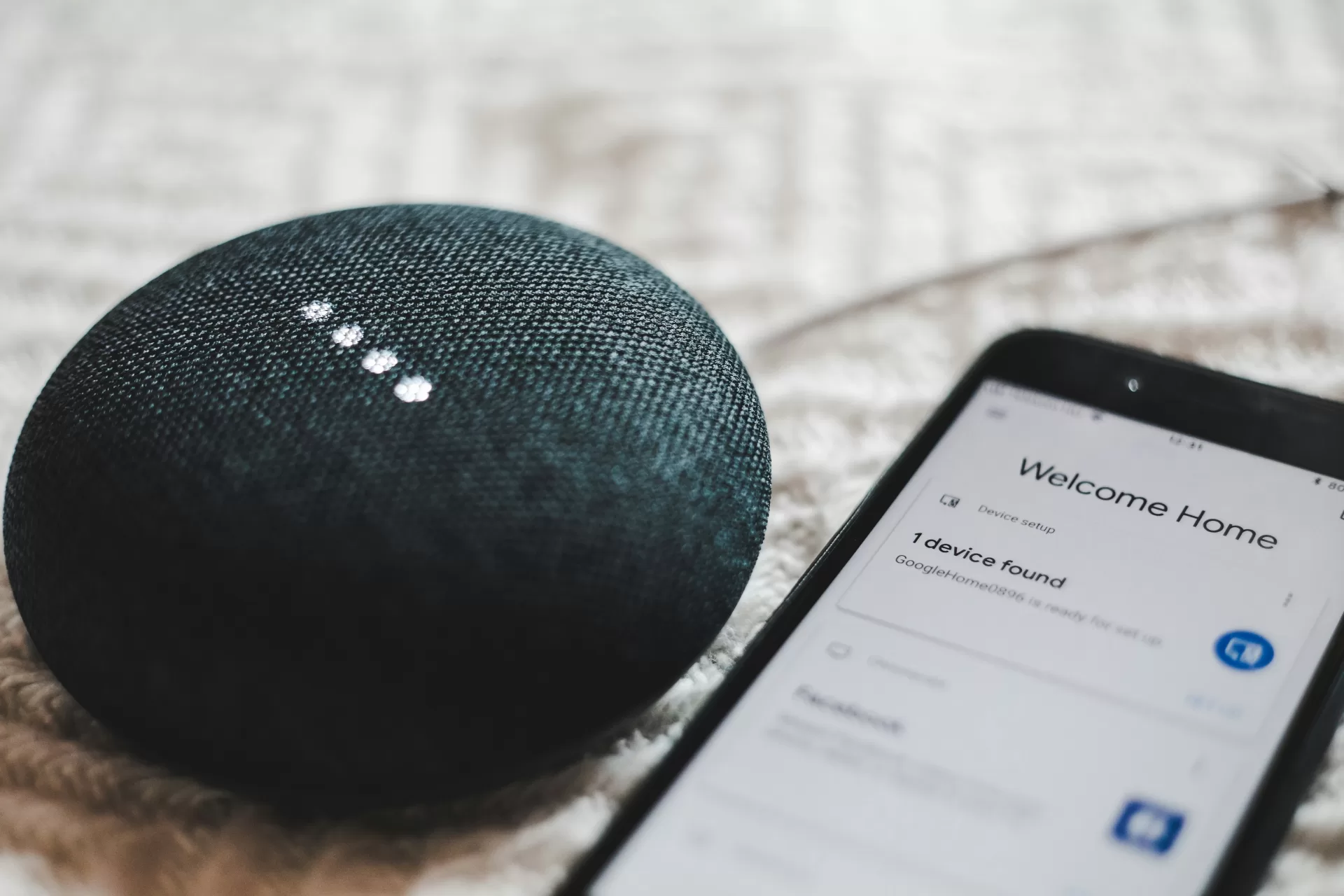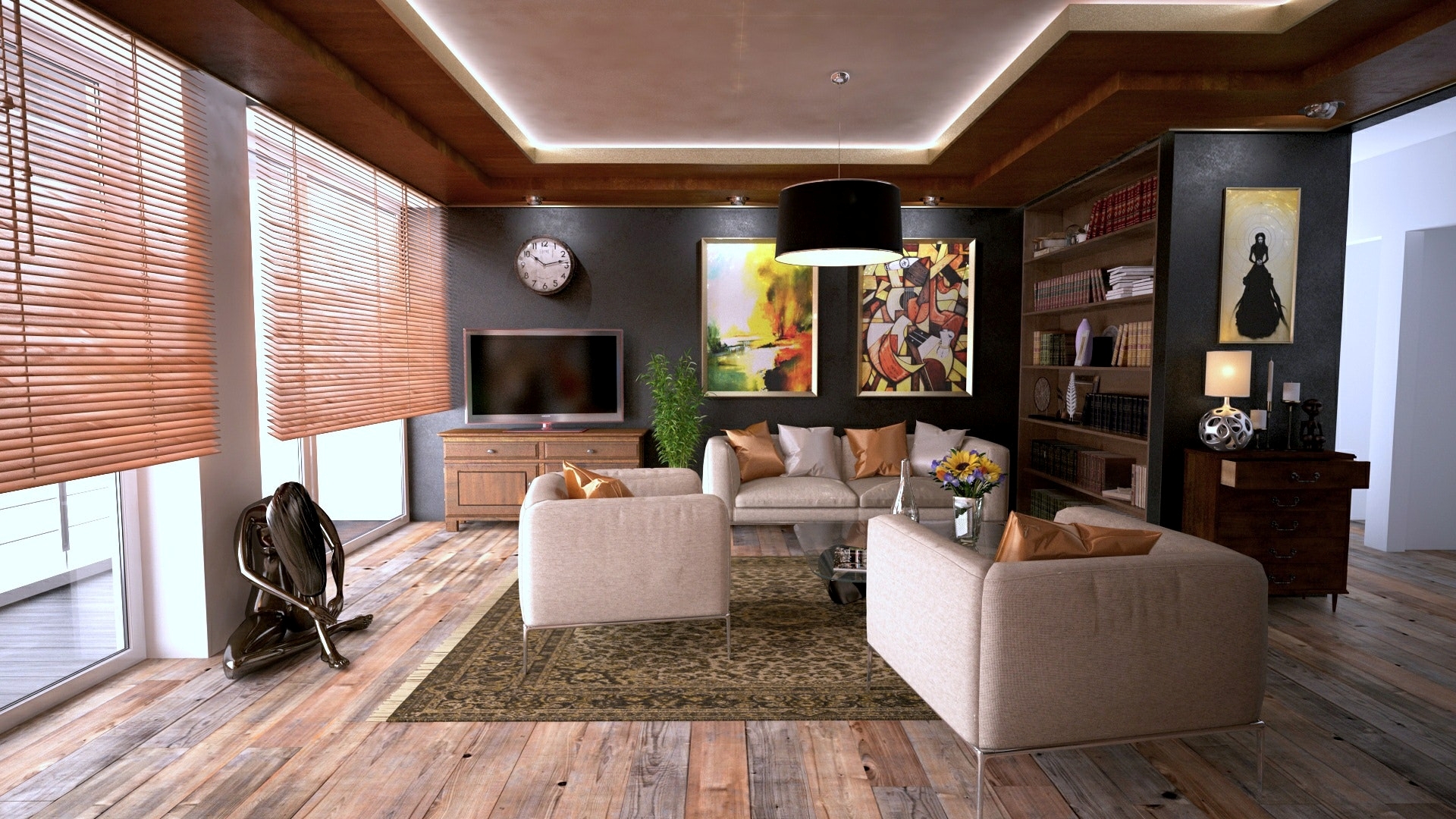Have you ever seen a beautiful home that looks impossible to live in? A sleek, all-white living room that fears a single coffee spill or a stunning kitchen with no storage? Too often, design prioritizes looks over practicality, making everyday life harder instead of easier.
Today, people want homes that are both stylish and functional. With more time spent at home, spaces need to work well—whether for relaxing, entertaining, or daily routines. Modern design is embracing solutions that combine beauty with real-world usability.
In this blog, we’ll explore key trends that prove homes can be both elegant and practical.
The Rise of Purpose-Driven Design
For years, home design followed a cycle: trends would come and go, often favoring style over function. But in recent years, lifestyle shifts have forced design to evolve. People now demand spaces that adapt to their needs rather than simply looking good in a magazine.
Take multi-functional furniture, for example. The rise of remote work and smaller living spaces has made people rethink their furniture choices. A stylish sofa that converts into a bed or a dining table that doubles as a workspace is no longer just a bonus—it’s a necessity. Designers are responding with pieces that maximize space without sacrificing style.
The same goes for storage. Open shelving once dominated kitchens and bathrooms, but anyone who’s lived with it knows the struggle. Sure, it looks great in photos, but in real life, it collects dust and requires perfectly curated displays. Now, the trend is shifting back to concealed storage solutions—cabinets with hidden compartments, built-in organizers, and custom solutions that keep clutter out of sight while maintaining a sleek aesthetic.
Bathrooms are also embracing function without losing beauty. Many homeowners now turn to a reliable bathroom remodeling company to upgrade their spaces with luxurious yet practical features like walk-in showers, heated floors, and moisture-resistant materials. These elements make everyday routines more comfortable while keeping the space stylish and easy to maintain.
Ultimately, design is no longer just about appearances—it’s about how a space works in everyday life. Homeowners are prioritizing layouts, materials, and furniture that serve a purpose while still being visually appealing.
Materials That Balance Elegance and Durability
A home should feel inviting, but it also needs to withstand daily wear and tear. That’s why designers are focusing on materials that combine beauty with durability.
One major shift is the rise of low-maintenance luxury. Homeowners want gorgeous finishes that don’t require constant upkeep. For example, quartz countertops are replacing marble in many kitchens. They provide the same high-end look but resist stains, scratches, and heat far better than their delicate counterpart.
Flooring is following a similar trend. While hardwood remains a classic, many are turning to engineered wood or luxury vinyl plank flooring. These materials mimic the warmth and richness of real wood but offer better resistance to moisture, scratches, and fading—perfect for busy households with kids and pets.
Sustainable materials are also taking center stage. With climate concerns growing, people are looking for eco-friendly yet stylish options. Bamboo flooring, recycled glass countertops, and reclaimed wood furniture offer sustainability without compromising on design. More brands are now blending aesthetics with environmental responsibility, making green choices more accessible than ever.
Even in outdoor spaces, durability meets style. Homeowners are investing in weather-resistant materials like composite decking and rust-proof metal fixtures, ensuring their patios and porches stay beautiful with minimal upkeep.
This shift toward long-lasting, low-maintenance beauty reflects a deeper trend—people want homes that work for them, not ones that demand constant care.
Technology That Enhances Both Style and Convenience
Smart home technology used to be all about gadgets. Now, it’s seamlessly woven into design to enhance both aesthetics and function.
Lighting is a prime example. Instead of harsh overhead fixtures, more homeowners are using layered lighting—a mix of ambient, task, and accent lighting that adjusts to different needs. Smart bulbs that change color and brightness allow for customizable moods at the touch of a button.
Another big trend is hidden technology. No one wants bulky speakers, visible wires, or an unsightly thermostat disrupting a sleek design. That’s why built-in sound systems, wireless charging stations, and discreet smart home controls are gaining popularity. These features keep homes looking polished while offering modern convenience.
Bathrooms and kitchens are also getting smarter. Motion-sensor faucets, voice-activated lighting, and heated mirrors bring luxury and practicality together. Even storage is getting an upgrade, with touch-to-open cabinets and self-closing drawers eliminating the need for bulky handles.
The best part? Smart home tech is now designed to blend in, rather than stand out. These innovations make homes more efficient while maintaining a clean and modern aesthetic.
Personalized Spaces: Designing for Real People
One of the biggest shifts in home design is the move away from cookie-cutter trends. Instead of blindly following what’s popular, homeowners are personalizing their spaces to match their unique lifestyles and tastes.
For some, that means creating a cozy, layered look with textured fabrics, warm colors, and vintage pieces. For others, it’s about keeping things sleek and modern with minimalist furniture and clean lines. The key is designing a space that feels authentic—one that blends style with real-life comfort.
Custom-built elements are a growing trend as well. Instead of generic shelves or mass-produced cabinetry, many homeowners are investing in custom storage, built-in seating, and tailored furniture to fit their exact needs. This level of personalization makes a home feel more intentional and practical.
The pandemic also reshaped how people use their homes. More than ever, people want versatile spaces that adapt to different needs—a guest room that doubles as an office, a dining area that transforms into a workspace, or a cozy nook for reading and relaxation.
Ultimately, great design isn’t just about following trends. It’s about creating a home that fits the way you live while still looking beautiful.
For too long, home design has prioritized looks over function. But as people spend more time at home and demand more from their spaces, the best designs are those that blend beauty with practicality.
From durable materials and smart technology to personalized layouts and thoughtful furniture choices, today’s homeowners are proving that aesthetic appeal and everyday usability can go hand in hand. By embracing this shift, homes are becoming more comfortable, efficient, and truly livable.
Because at the end of the day, the best-designed homes aren’t just pretty to look at—they make life easier, more enjoyable, and more inspired.



